After a three-week standoff, on
April 4, 2015, more than 2,000
Chinese riot police have been
mobilized to crack down on the
villagers of Daachin-tal ("da qin ta
la" in Chinese) Township and nearby
villages in eastern Southern (Inner)
Mongolia’s Naiman Banner ("nai man
qi" in Chinese, a banner is
equivalent to a county). The
villagers have been staging a
protest against the Naiman Chemical
Refinery Zone for polluting the area
with toxic waste.
Video clips of the protest scene
received by the Southern Mongolian
Human Rights Information Center (SMHRIC)
show Chinese riot police chasing
Mongolian villagers on April 5,
2015. Gunshots are heard
sporadically. Photos and video
footage show that many villagers
were beaten, injured, and
hospitalized on April 5, 2015 during
the clash between more than 1,000
villagers and 2,000 riot police.
“Rubber bullets are being shot at
protesters, and high-pressure water
guns and tear gas are also being
used,” Ms. Geegee, a Mongolian woman
from the community, told SMHRIC over
the phone.
“Yesterday, about 100 people were
injured and 50 were arrested. One of
the injured was confirmed dead in
the hospital today,” Geegee told
SMHRIC.
As for the toxic effects of the
chemical waste that is discharged
directly onto the grazing lands and
farmlands of Daachin-tal Township
and nearby villages, Geegee says,
“An increasing number of villagers
have become sick, and the
miscarriage rate is soaring among
pregnant women here. Our livestock
is being poisoned to death, and
crops and vegetables are inedible.”
Communications from affected areas
revealed that, starting on April 4,
2015, more than 2,000 riot police
have been called from neighboring
areas to put down this massive
protest. Protesters flew banners
reading, “Strongly protesting the
chemical refinery zone’s serious
pollution” and “Return the Naiman
people’s clean water and blue sky.”
“Police forces are mobilized from
all banners across Tongliao City and
even from the neighboring area of
Ulaanhad [Chifeng in Chinese],” Mr.
Changgee, another local Mongolian,
told SMHRIC over the phone.
“Defending our rights to grazing
land, clean water, and clean air is
the main goal of this protest,”
Changgee said when asked about the
villagers’ demands.
According to Mr. Munkhee, another
local Mongolian who was at the
protest scene today, riot police
have formed a defense line
surrounding the entire chemical
refinery zone and separated the
villagers to prevent them from
gathering together to continue to
the protest.
“The Internet is cut off completely.
Even phone calls seem to be blocked
now. I can’t even talk to my friends
in the village. Photos and video
clips cannot be transferred from my
phones,” Munkhee told SMHRIC via Web
chat.
“We heard that the Central
Government is informed of our
protest,” Munkhee said in his last
Web chat message, “fearing further
unrest, the banner authorities say
to ‘arrest anyone who protests.’”
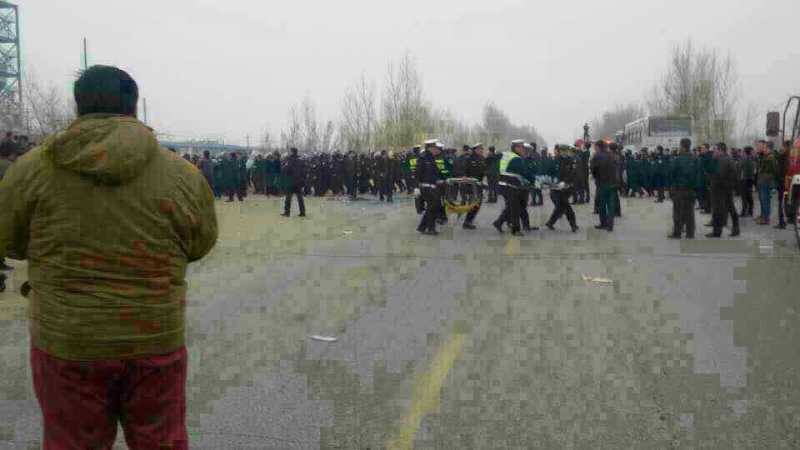
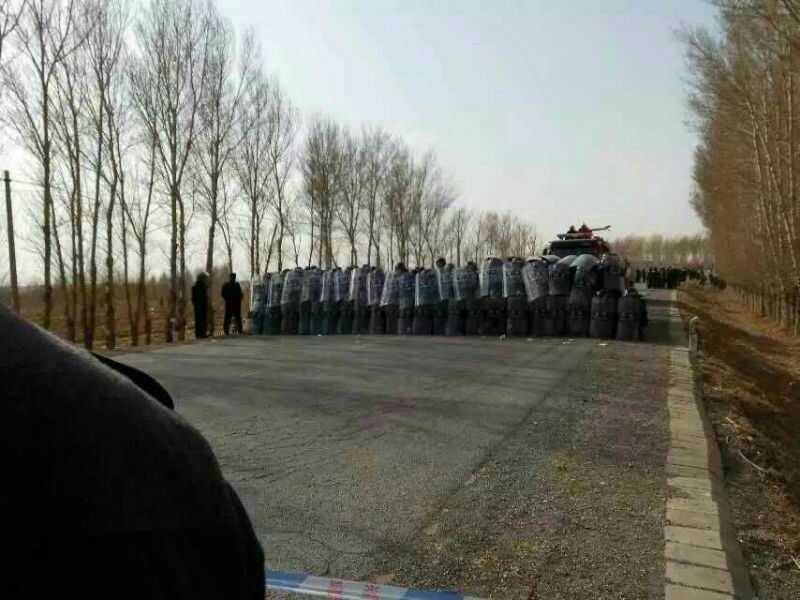



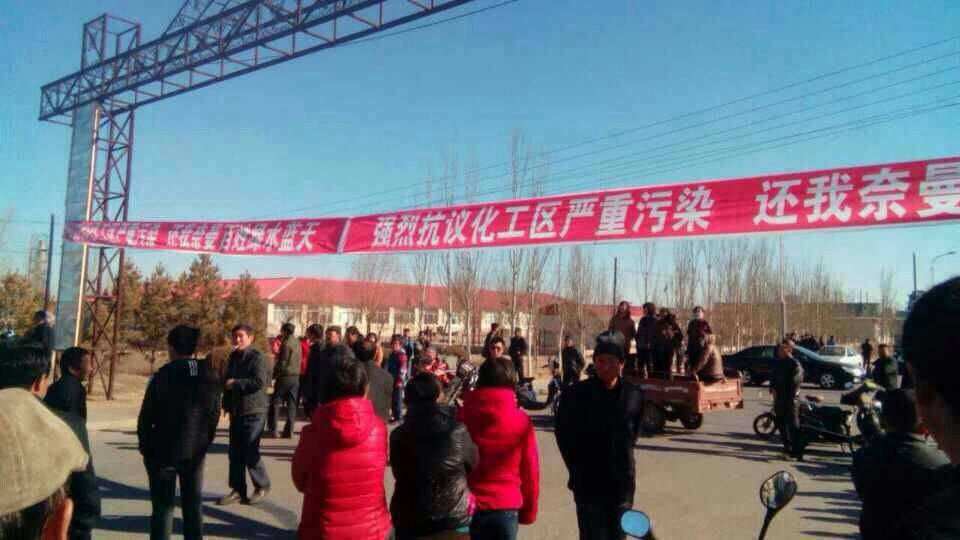
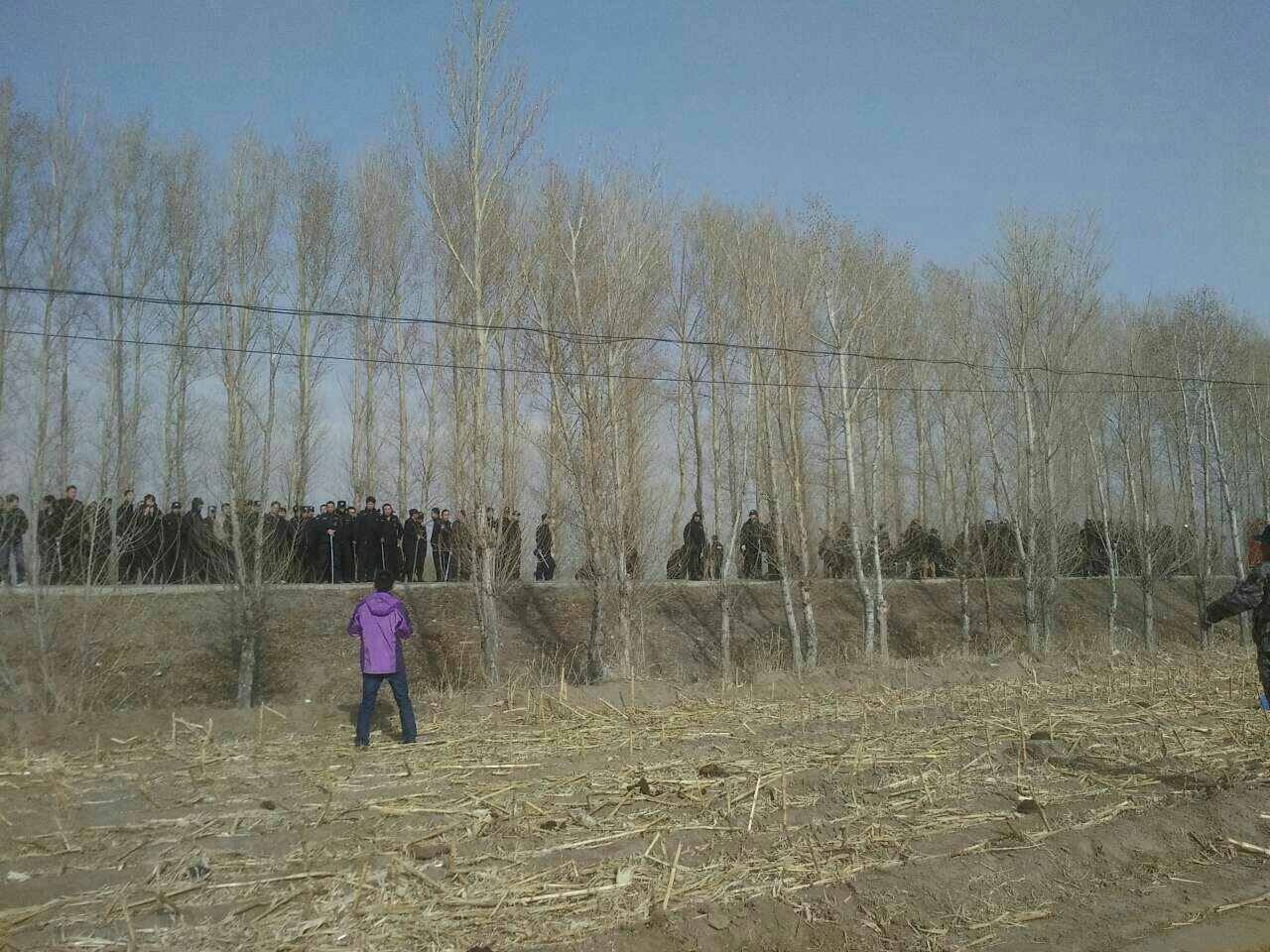
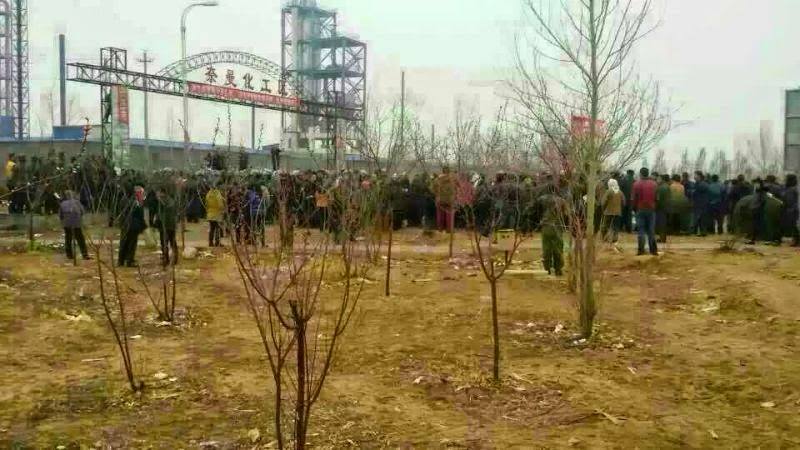
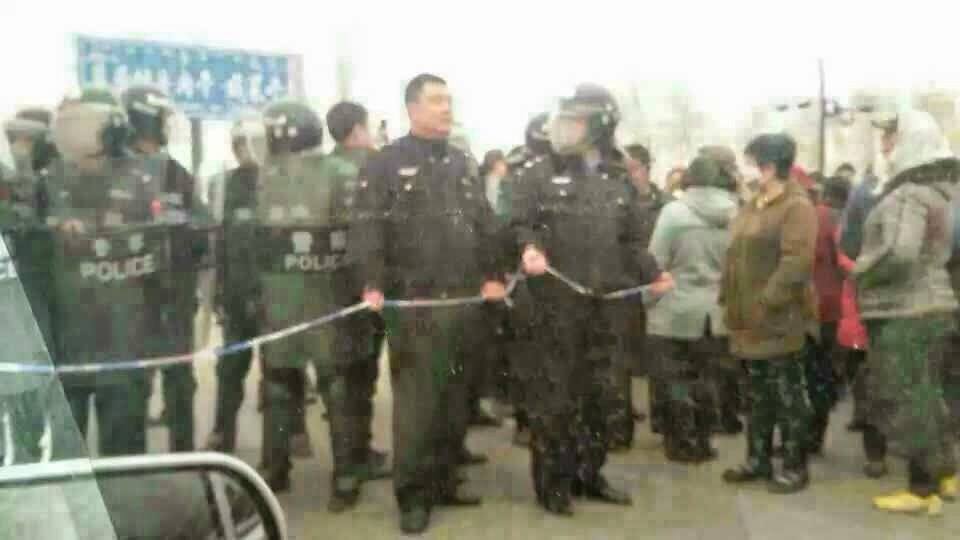
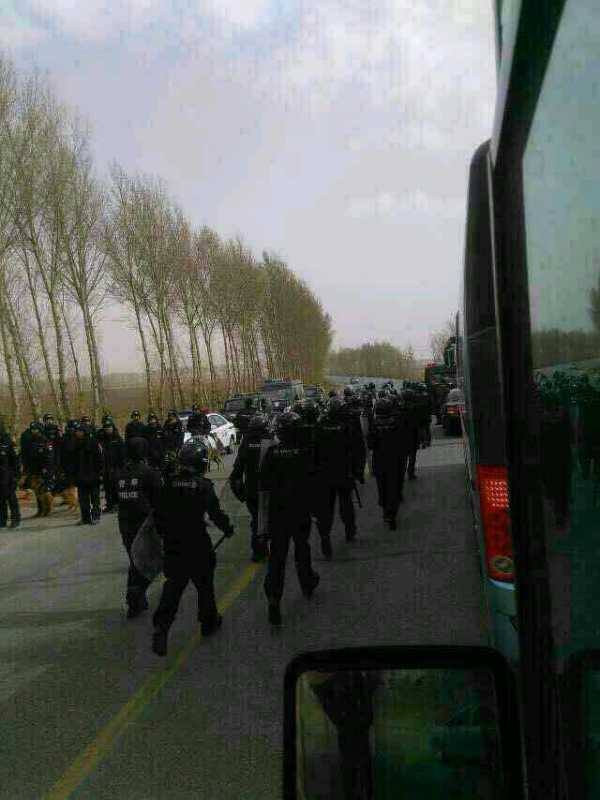
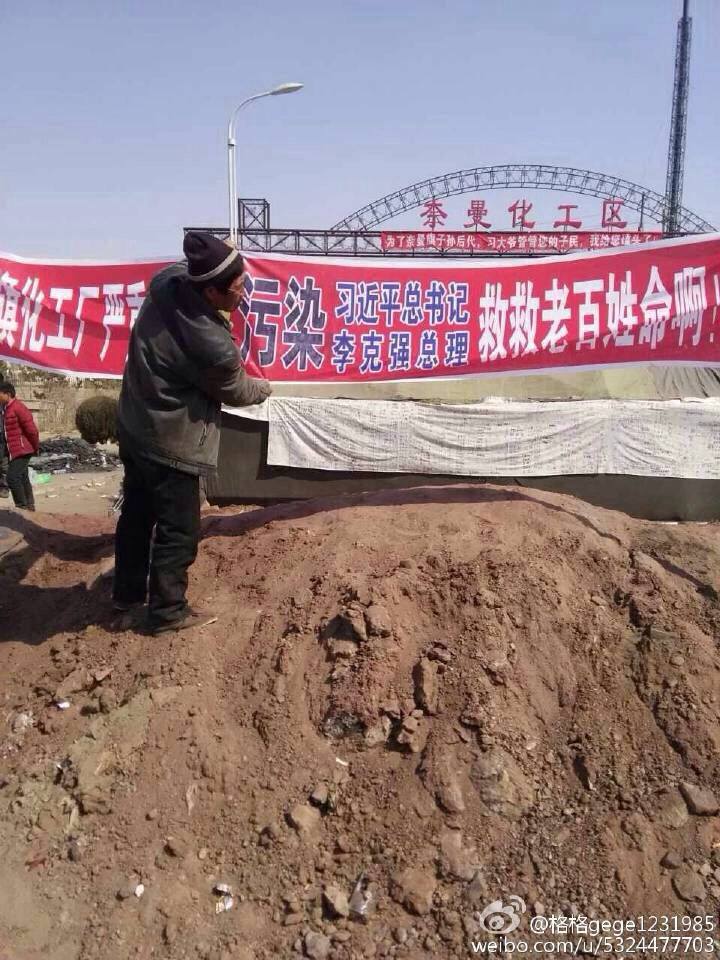
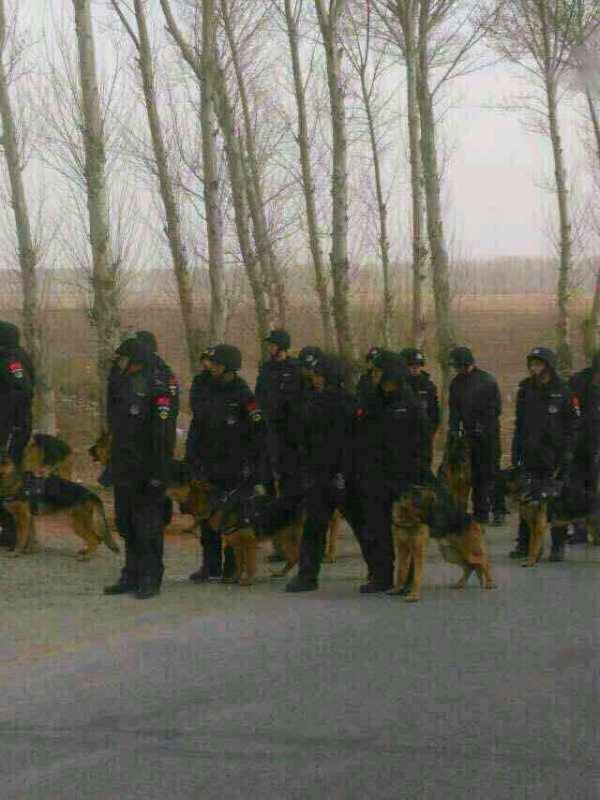
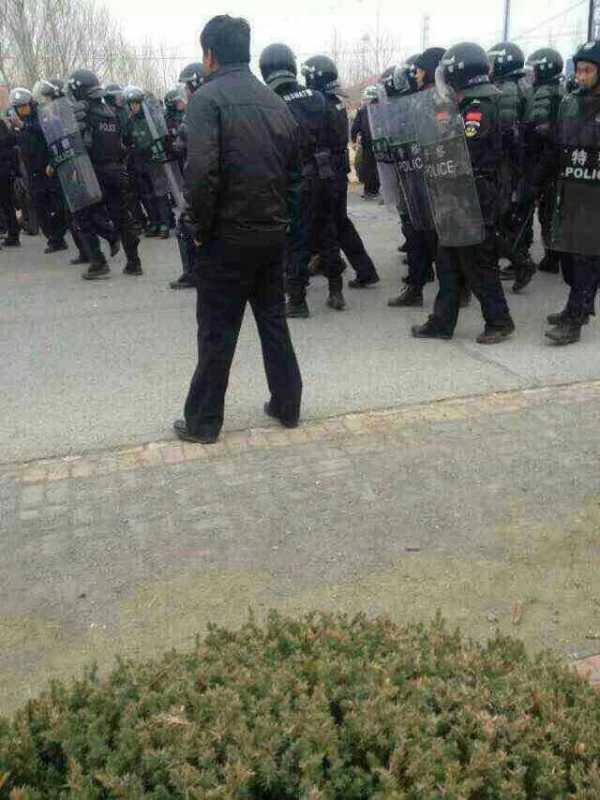
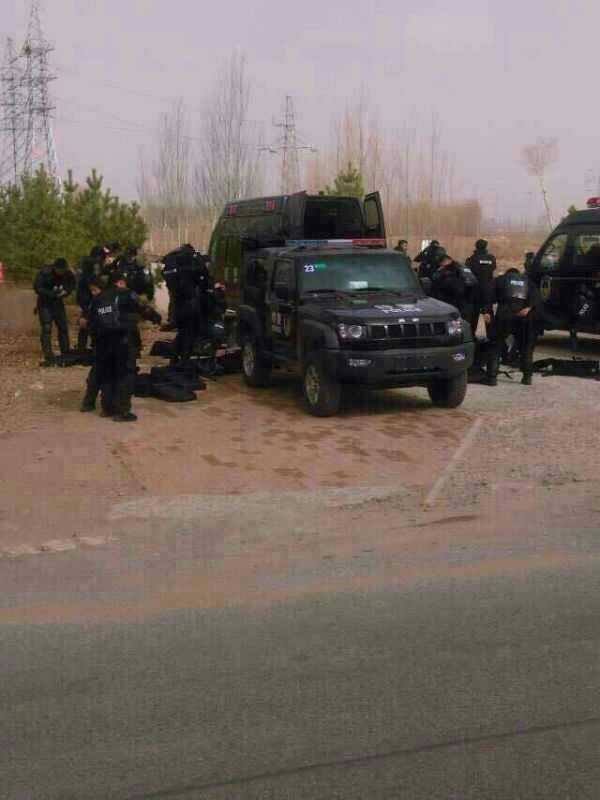
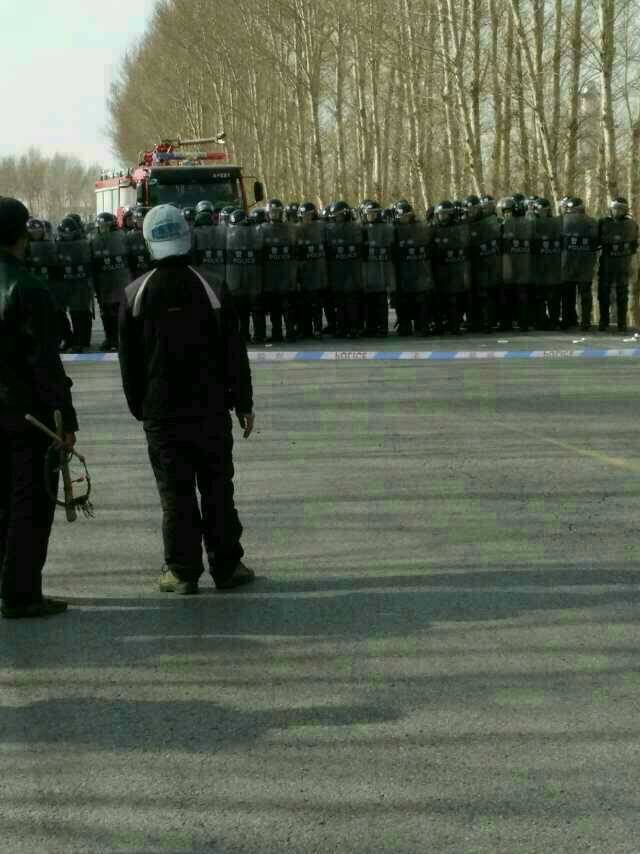
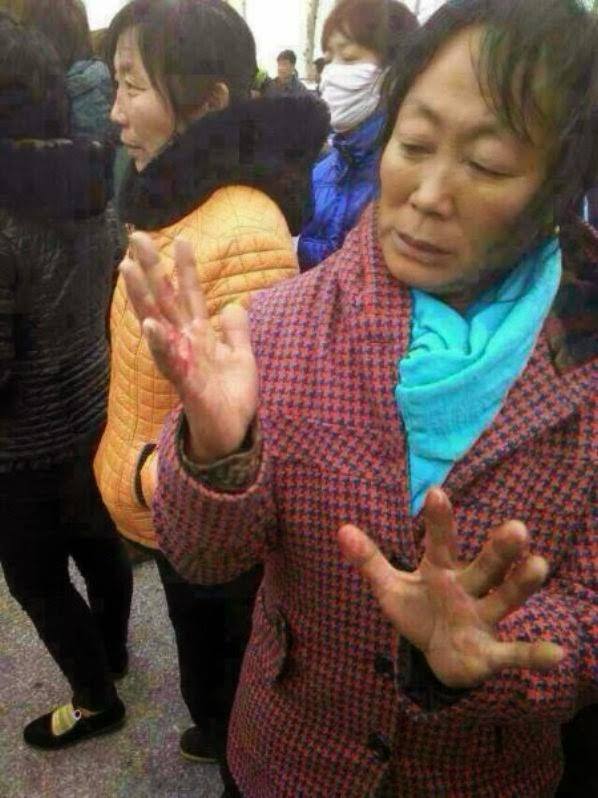
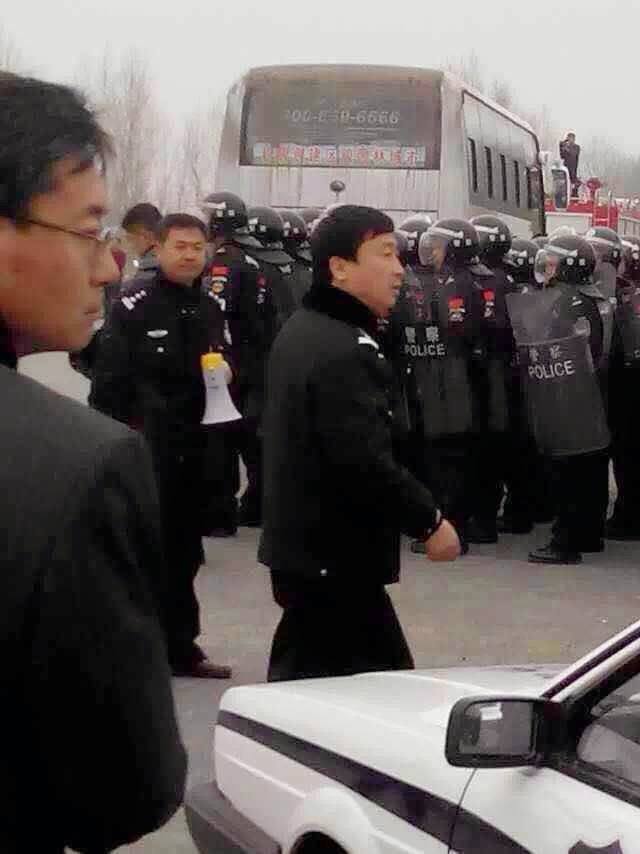

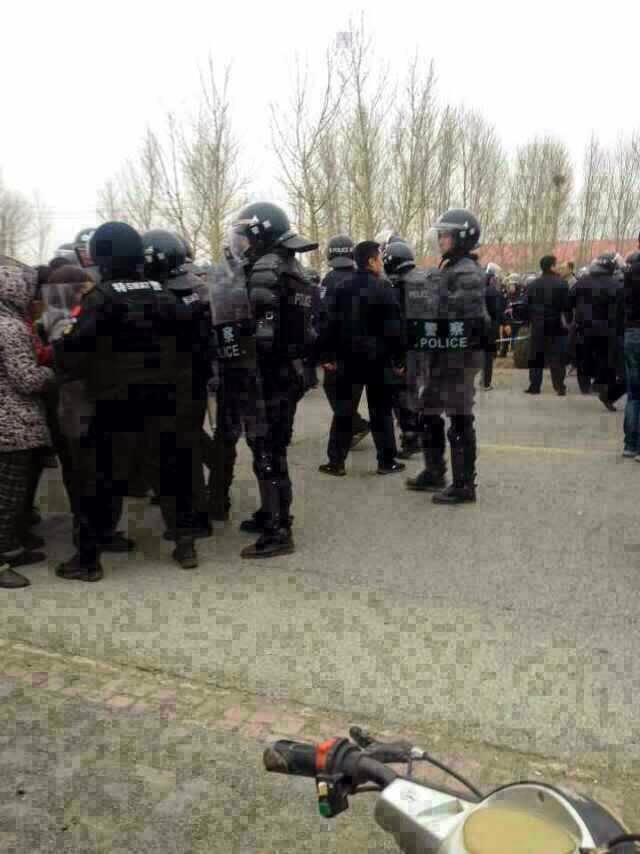
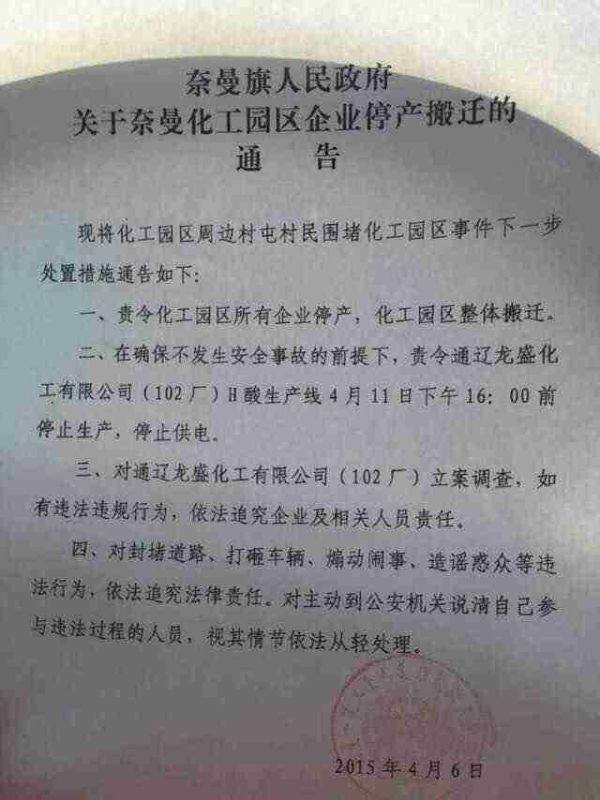


 Beyond
Great Walls: Environment, Identity, and Development on the Chinese
Grasslands of Inner Mongolia
Beyond
Great Walls: Environment, Identity, and Development on the Chinese
Grasslands of Inner Mongolia China's
Pastoral Region: Sheep and Wool, Minority Nationalities, Rangeland
Degradation and Sustainable Development
China's
Pastoral Region: Sheep and Wool, Minority Nationalities, Rangeland
Degradation and Sustainable Development The
Ordos Plateau of China: An Endangered Environment (Unu Studies on
Critical Environmental Regions)
The
Ordos Plateau of China: An Endangered Environment (Unu Studies on
Critical Environmental Regions)